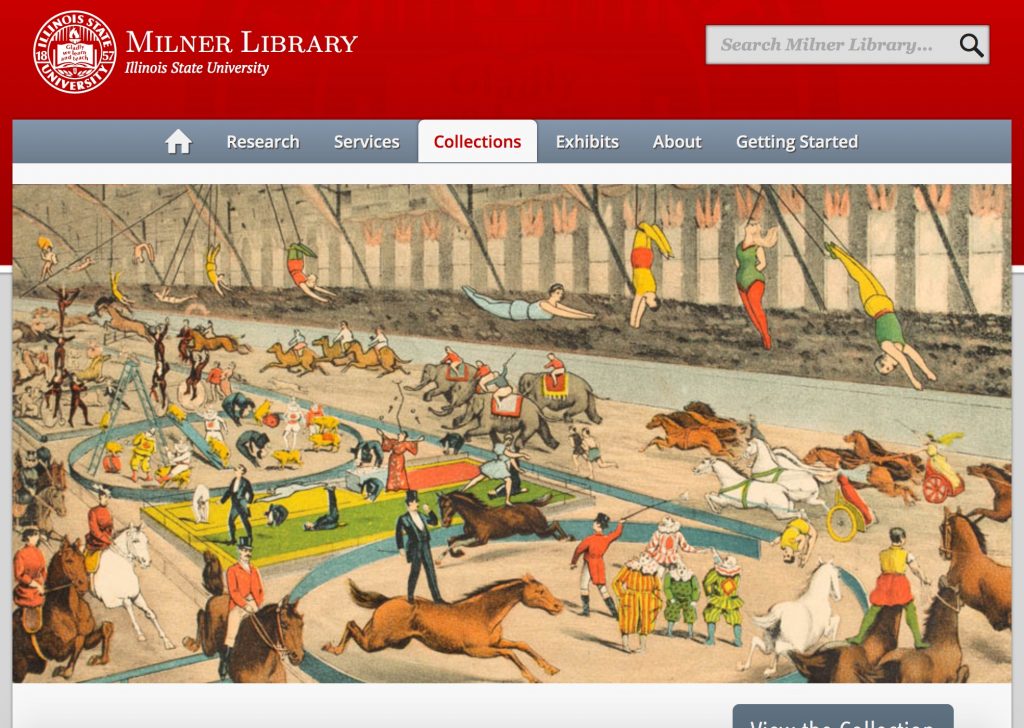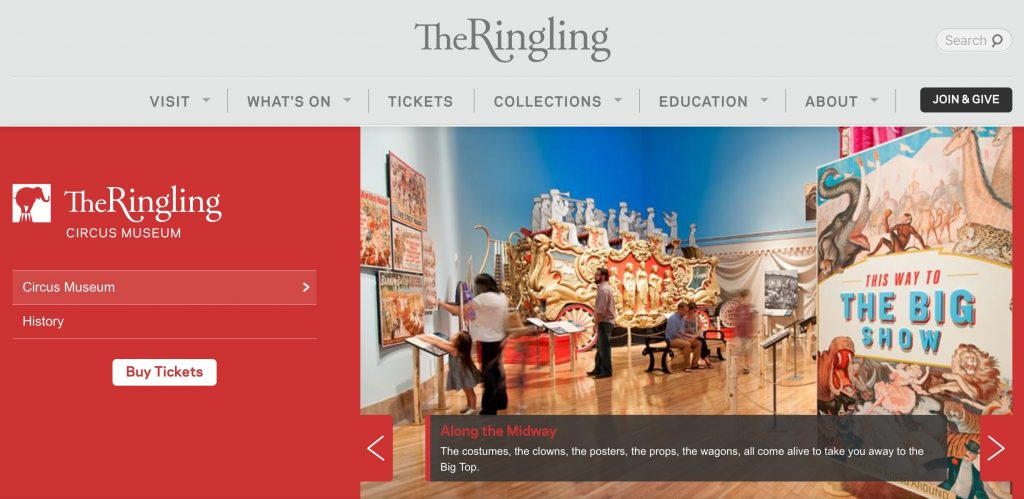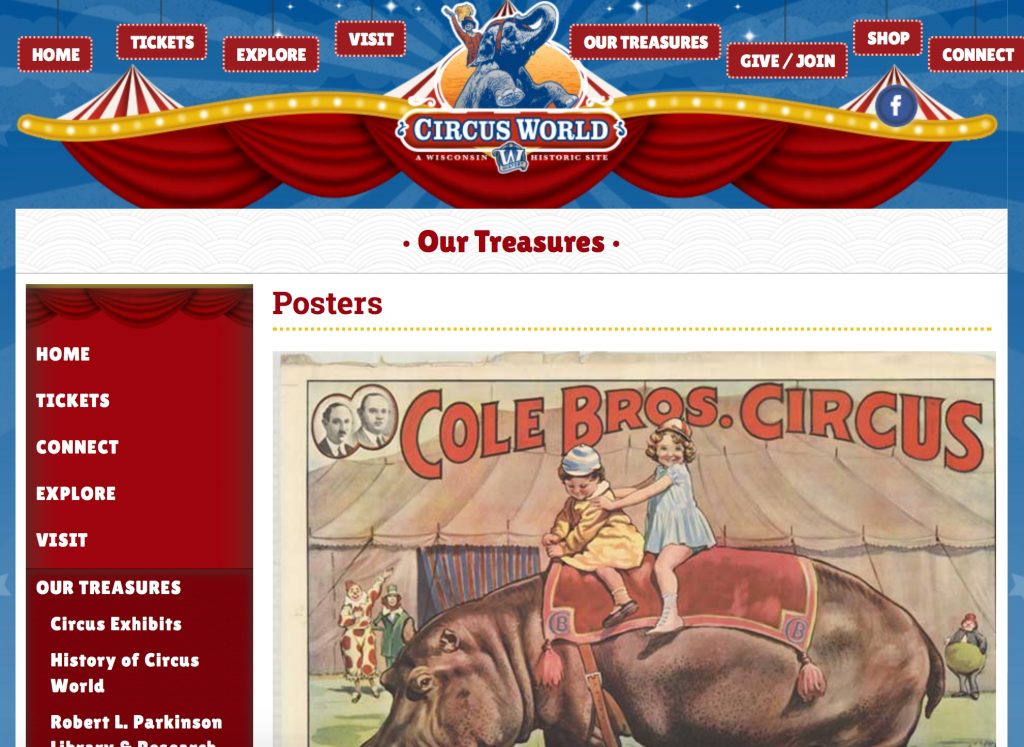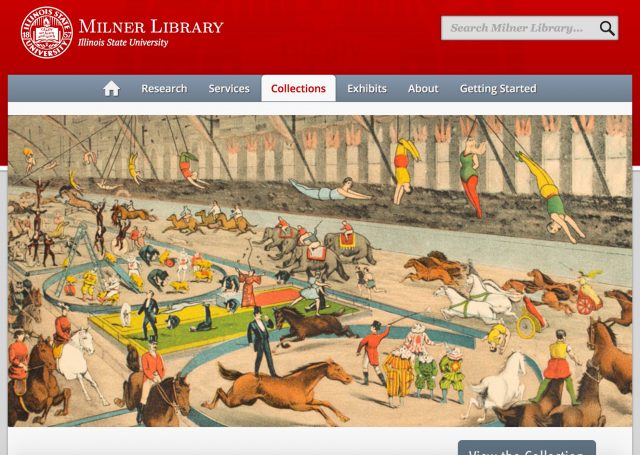Hello DASR blog! My name is Madeline Hoak, and I am studying the exchange of cultural knowledge between American audiences and contemporary circus. My thesis will use theories of spectatorship from performance studies and embodied practices from theater and dance to analyze the cultural impact of contemporary circus. In order to do this, it is important to contextualize my research with a clear understanding of the spectator relationship to the art form throughout its history.

Traditional American circus was one of the most culturally informative art forms of the 19th and 20th century. Despite this, its wild and rich history has not made it into our educational system in any widespread or codified way. It is preserved in personal collections, specialized museums and libraries. Three of these sites and my summer research destinations are the Ringling Circus Museum in Sarasota, FL, the Circus World Museum in Baraboo, WI and the circus collection at Illinois State University’s Milner Library.

From August 11th to the 28th I will immerse myself in journals, artifacts and the guidance of circus history experts at these three prestigious institutions with the aim of unearthing detailed information about what I see as a hole in the art form’s recorded history. The decade in question, 1956 – 1966, is bookended by significant milestones that have affected spectator experience. In 1956, Ringling Bros., Barnum & Bailey’s Greatest Show on Earth folded its tents in favor of playing arenas and stadiums. A decade later, the founders of New American Circus began to percolate a new style of performance that adhered to the counter-culture mood of the 1960s.

Through my travels, research and conversations I will learn about the environment (the places and spaces circus happened in), witnessed content (what stories and images were audiences being presented with), personal experiences (who was the audience and what was their relationship to circus) and cultural context (what was happening in the country and world at this time) of American circus from 1956 – 1966. Stay tuned to hear what treasures I’ll uncover!
